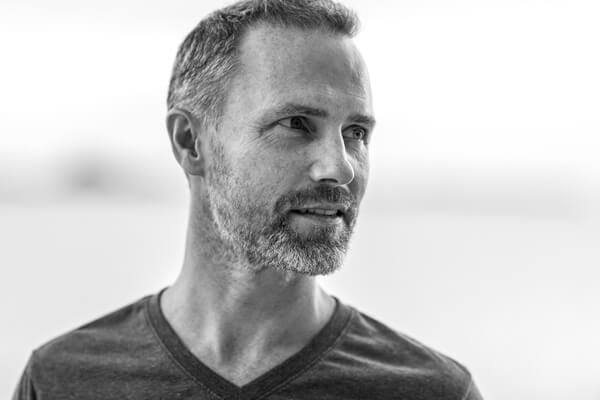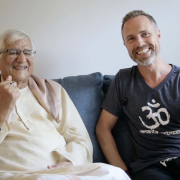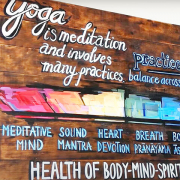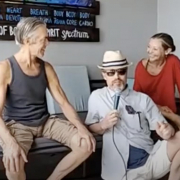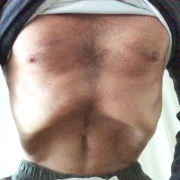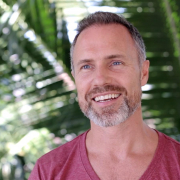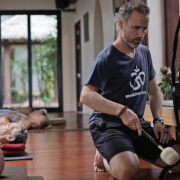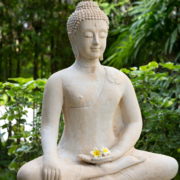 https://samahitaretreat.com/wp-content/uploads/2023/11/IMG_5161-scaled.jpg
2560
1707
Kirsten Mia
http://samahitaretreat.com/wp-content/uploads/2024/01/samahita-logo-v2.svg
Kirsten Mia2023-11-01 03:57:462023-11-02 06:11:16The Buddha, the Dharma, the Sangha
https://samahitaretreat.com/wp-content/uploads/2023/11/IMG_5161-scaled.jpg
2560
1707
Kirsten Mia
http://samahitaretreat.com/wp-content/uploads/2024/01/samahita-logo-v2.svg
Kirsten Mia2023-11-01 03:57:462023-11-02 06:11:16The Buddha, the Dharma, the SanghaAhimsa
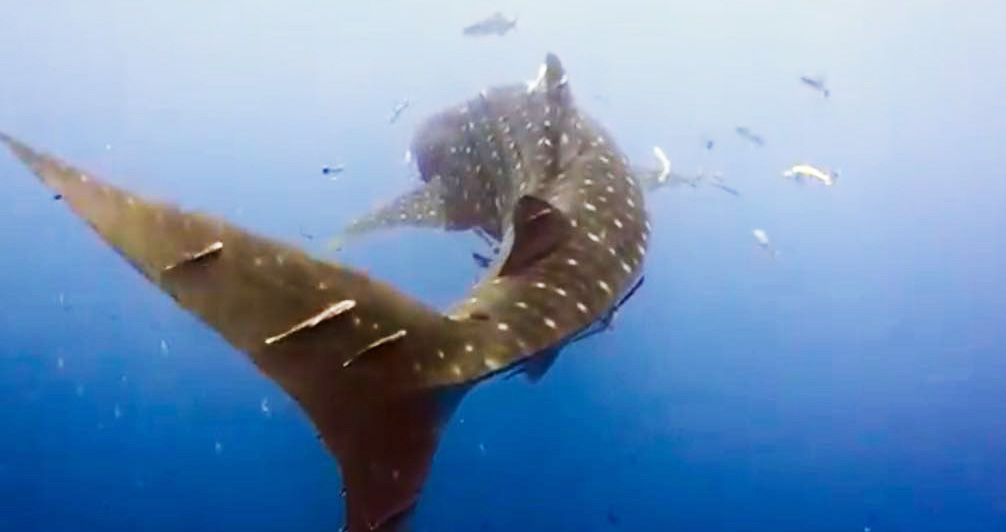
“I will not hurt you.” Is this a promise you are willing to keep or at least try? Could you extend it beyond your family and friends to all members of society? To all animals and insects? Not just in action but through what you say? To totally taking care of your actions so that even a seemingly non-hurtful one is done mindfully so there is no indirect hurt? To watching all thoughts that bring up negative and hurtful images and feelings within? Are you tired of people hurting you through their words and actions? Is there a relationship between the hurt you experience and the hurt you “cause”?
The foundation stone of the practice of yoga is to not cause harm to others. This is Ahimsa, usually translated as non-violence. It is the first of the Yamas, the first limb of Ashtanga. Naturally it is not exclusive to yoga. It can be found as a major part of all major philosophies and religions. The five precepts of Buddhism list ahimsa first. It features strong in the commandments of the Judeo-Christian beliefs. Simply put, it is a primary law of nature.
With such a uniform global emphasis on not hurting others why does it seem to be the primary part of character that is broken the world over or the most difficult to keep? One quick look at news and we have our direct proof. But look more closely on a personal level and see how often and repetitive it arises in one day for you. This attitude of hurting seems to start early in life to even being born with it. Look at a small innocent child playing will freely try to squash an insect it sees crawling across the ground. Naturally no malice is present but the attitude and capability to hurt, and even kill, is there from early on.
So you might ask, is it possible at all to avoid hurting others? In addition, why do I experience hurt when I am actually doing a good act? Helping a cat out of danger and it bites me, sitting in the garden and a bee stings me, why do these things happen for no reason, or so it seems?
Patanjali has presented an ideal moral approach to life through the Yamas but their primary purpose is to address our internal psychology. How can we have peace and therefore work on ourselves if our very thoughts and actions are harmful and disruptive? We are born with this tendency to hurt, it shows at a young age and continues all through life. These negatively conditioned aspects of character have to be worked on, restrained and overcome. This is exactly what the teaching of Yama exists for. We have a capacity to hurt and must therefore become aware of it, watch it and try to overcome it.
We might remember our recent past but our early years are forgotten and the memory of past life actions are not available to us freely in this life. Due to the law of karma the effect of past hurt may be coming back when we do not expect it thus explaining supposedly random hurtful situations. It is fair to say we have caused our share of hurt in the past but by making an effort now we can change this pattern. We can start to apply the Yama of Ahimsa in our life. In the Yoga Sutras Patanjali only explains the outcome of establishing it:
“As the yogin becomes established in non-hurting, all beings coming near to him cease to be hostile.” (PYS II.35).
Such a firm establishment of non-hurting radiates from within to affect all those around, much like a fire spreads its heat to all near it. Yet at the same time it tells us that as we have ceased to hurt all others and that is fully established within there is no possibility left for hurt or injury coming back to us, the plate is clean so to speak.
The emphasis of Yama then is to refine our behaviour and help us not give into “natural” urges that cause hurt, deceit, lies and so on. This is the beauty of the Dharma or Yoga, through a discipline and mindfulness we overcome conditioned patterns that leave a negative impact for us or others and thus start to experience our true natural state. Every subsequent teaching of yoga includes this principle of non-hurting. If we move to Satya, honesty, we see Ahimsa at its base, for dishonesty, deceit, manipulation automatically has a level of hurt involved in it. Asteya, taking from others automatically hurts another. Being unfaithful to one’s partner is both deceitful and hurtful. If I really live by Ahimsa I can manage the other values much more simply.
Why does this level of hurt exist at all? As already stated, the pattern has been built up by an ongoing conditioning over time, life times really. If we have never worked on ourselves to overcome it then it has only increased in intensity. Its strength is due to the presence of greed, lust, hatred, pride and delusion. The moment we want something and cannot get it an immediate internal response of violence arises. It might be a negative criticism inside for that person who is not letting us have the object of our desire to an outward action physically striking that person.
Attitude and intention are key but also how we take care of our actions. In a healthy diet you increase the level of healthy gut bacteria which effectively attacks the negative bacteria. Every breath sees the passing away of some microbe. It seems unavoidable yet dissolution, passing away is one of the few definite features of life. So an attitude of “Save the Most and Kill the Least” should prevail. The emphasis here is on saving the most. In other cases, the intention of hurting may not be present but our careless actions bring about injury and hurt. You leave your bike carelessly on the path while you go in to the shop for an ice cream. An old man walks around the corner and stumbles over your bike causing him a big injury. Your careless act unintentionally hurt another.
What about anger? Is it wrong to get angry? This is such a key point, to understand the nature of anger and how it processes into hurt or violence. As my teacher has taught me, “don’t become the anger”. There are many situations everyday that require firm, authoritative words. But there is a fine line of exercising the dharma, nature’s law, and associating personally with the situation and becoming the anger. Someone may take your jacket, intentionally or not. The right thing for you and them is to get it back but in the process of being firm to bring that about you lose your centre and instead redirect a level of hurt or violence back. This takes time and training to develop and know the line of centre.
This is the key emphasis of yoga practice. How you practice and the continuity of it can bring about a reformation in your nervous behaviour so that you are not a victim of these conditioned patterns anymore. Hatha Yoga initiates the student in asanas, kriyas and pranayama to channel and therefore redirect prana or energy. Through this redirection the old pattern does not get fed or given attention and eventually shrinks and a new internal approach of awareness grows.
Regardless of what philosophy we subscribe to or form of Yoga we practice, Patanjali leaves us with the most excellent solution: Pratipaksha Bhavanam. When a hurtful thought is arising, to be performed either by yourself or getting it done through others, brought up by greed, anger or delusion, mild or intense, then apply the opposite thought based on the understanding that such a thought to action will continue this stream of misery and ignorance in your life. Jesus taught it when he said “Turn the other cheek.”
Simply put, catch yourself thinking, saying or doing hurtful things and apply the opposite; care, attention, love. If someone cuts you off while driving, let them go, peace; if your child does something crazy don’t hit them instead understand the situation and then try to explain it to them; if someone hurts you in love or business don’t wish them bad or problems, let them be and wish them on their way. The more you do it the more it becomes natural for you because whatever you put your attention on grows. The negative pattern shrinks. Every day there is an opportunity to exercise Ahimsa. The fact there is an opportunity with a capacity to hurt and you choose to overcome it is the true practice of Yama and naturally Yoga.
For me I try to remind myself everyday and promise “I will not hurt you” to my wife, children, and whoever else I come in contact with. I’m still working on it but I feel its positive effect. A greater environment of love, care and affection both at home and work. Let’s all strive for some of this.
Dr. Paul Dallaghan’s expertise with breathwork, body and meditative practices comes from three sources: (1) three decades of daily dedicated practice and teaching these techniques; (2) uniquely acknowledged in the Yoga tradition by the title of “Master Yogi-Prānācharya (expert in breath)”, following an immersion in the original culture through one-on-one direct training in practice and study of ancient texts; (3) a PhD in doctoral scientific research at a leading US university (Emory) covering both the tradition and science of yoga and breath practices in terms of stress, health and aging. As a result, Paul occupies a unique space to impart genuine teaching and science on the breath, body, and meditative practices, seen as a Teacher-of-teachers and identified to carry on the tradition of Pranayama. His sincere and ongoing role is to teach, write and research, to help put out experienced and authentic information on these areas of how we live, breathe and be, to help people improve their mental and physical health, and live more fulfilling lives.
For more on his background see his bio
More from the Samahita Blog
